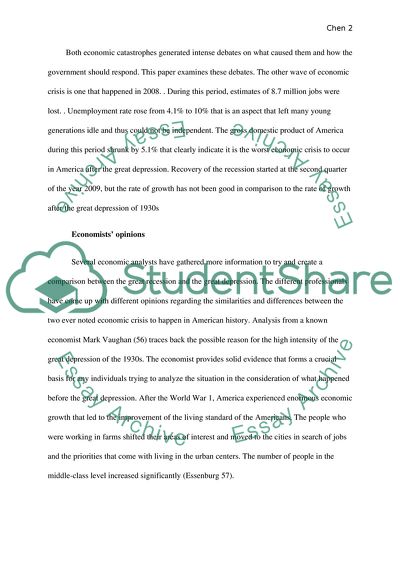Cite this document
(Comparing the Great Depression to the Great Recession Research Paper, n.d.)
Comparing the Great Depression to the Great Recession Research Paper. https://studentshare.org/macro-microeconomics/1844419-comparing-the-great-depression-to-the-great-recession
Comparing the Great Depression to the Great Recession Research Paper. https://studentshare.org/macro-microeconomics/1844419-comparing-the-great-depression-to-the-great-recession
(Comparing the Great Depression to the Great Recession Research Paper)
Comparing the Great Depression to the Great Recession Research Paper. https://studentshare.org/macro-microeconomics/1844419-comparing-the-great-depression-to-the-great-recession.
Comparing the Great Depression to the Great Recession Research Paper. https://studentshare.org/macro-microeconomics/1844419-comparing-the-great-depression-to-the-great-recession.
“Comparing the Great Depression to the Great Recession Research Paper”. https://studentshare.org/macro-microeconomics/1844419-comparing-the-great-depression-to-the-great-recession.


